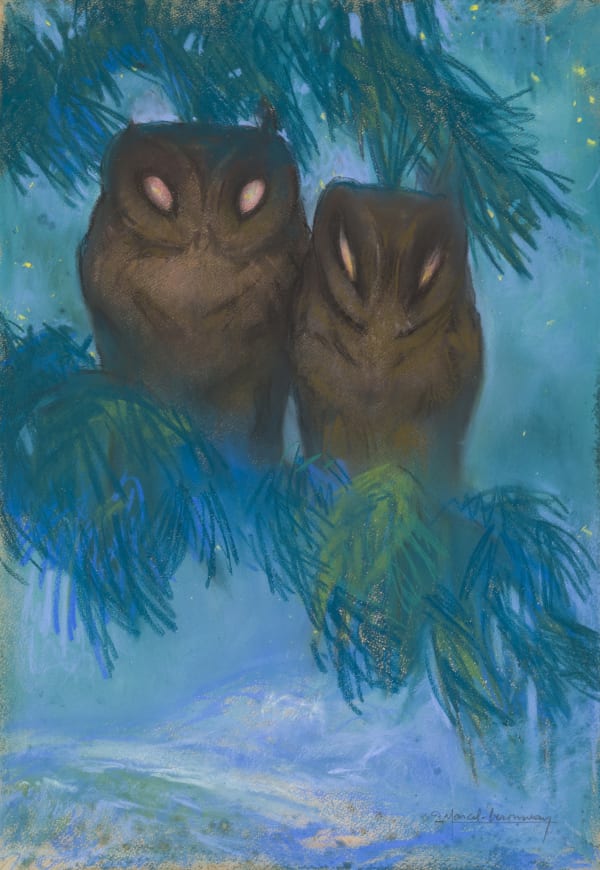
CARL FRIEDRICH HEINRICH WERNER WEIMAR 1808-LEIPZIG 1894
Carl Friedrich Heinrich Werner was born in Weimar in 1808. He decided to leave his hometown and move to Leipzig, where he attended painting classes held by Julius Schnorr von Carolsfeld at the Art Academy. From 1829 to 1831 he moved to Munich in order to study architecture under the guidance of Fr. von Gartner, although it was not long until he dedicated himself to painting again. In 1832 Werner won a studying journey to Italy, which enabled him to visit Venice, Bologna, Florence and Rome. In those years he improved his watercolor skills, and in 1851 he opened his workshop in Venice, becoming a well-known watercolor painter.In 1856 Werner moved back to Leipzig. In the following years he undertook several journeys that he used as starting point for his watercolors, mainly views and landscapes. Between 1856 and 1857 he travelled to Spain, whereas between 1862 and 1864 he explored Egypt and Palestine – notorious his Jerusalem watercolors. Then he crossed Greece and Sicily to finally move back to Leipzig again where he became professor at the Art Academy.
The watercolor Carnival in Rome represents a scene of the well-known costume party that was celebrated every year before Lent. The origin of the Roman carnival date back to the Saturnali: a religious feast of Ancient Rome that was characterized by public amusements, sacrifices, and balls and by the use of masks. The fascination originated by the Roman Carnival was also captured by additional artists, such as Ippolito Caffi, Carl Max Gerlach Quaedvlieg or Pimen Nikiti Orlov, whom have immortalized it in their own oeuvres.
During the XIX century, the carnival was celebrated mainly in Via del Corso and in the surrounding streets. As a matter of fact, the drawing by the German artist reproduces the colorful masks in Via del Corso. During this festivity both wealthy and poor people were mixing within the crowd, erasing any diversity. The only highly visible differences were either the chance to rent “lochi” – that are sitting seats all along the street – or the possibility to exhibit a “legno” – that is instead a carriage. The scene represented by Werner show both of them, “lochi” and “legno”; few distinct noblewomen and gentlemen lean out from terraces to observe the costumes marching, while a couple of carriages transit along the road.The bright, suffused light in this watercolour is reminiscent of the way in which his fellow countryman Franz Ludwig Catel, who was also in active in Rome in those years, used to handle light.
Join the mailing list
Subscribe to our newsletter to receive all the news about exhibitions, fairs and new acquisitions!


